Can Japan reconcile with its past?
For decades, Japanese prime ministers have made statements on World War II and Japan’s part in it, in an effort to reconcile with other countries. Japanese academic Shin Kawashima looks at how effective it has been.
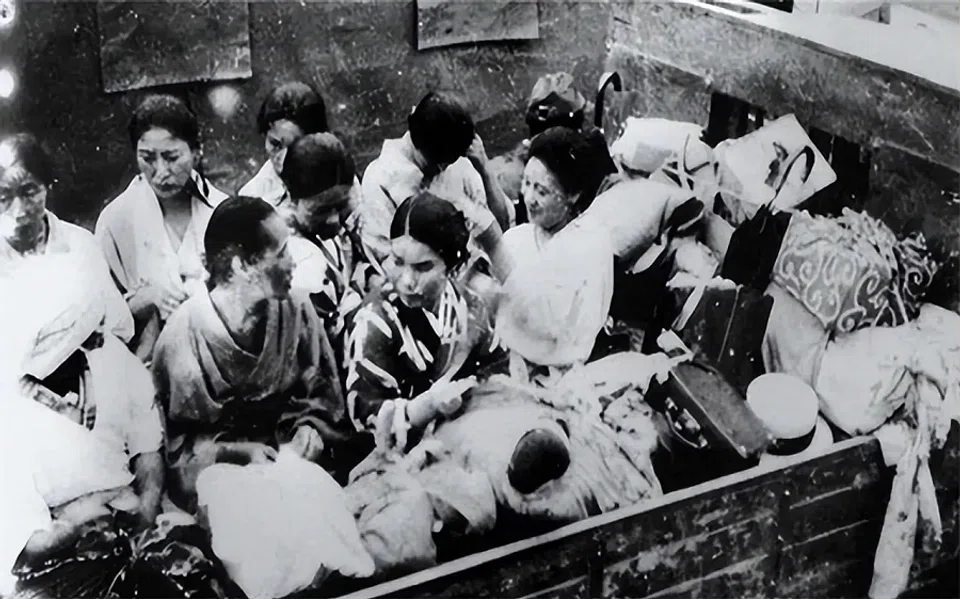
After World War II, Japan has consistently followed a path of peaceful development. However, there remain questions of historical perception between Japan and China, where Japan is the aggressor, while many countries and regions in East Asia, including China, are the victims. Japan acknowledges the facts of its foreign aggression and takes responsibility for its colonial rule, holding the stance that efforts should be made toward reconciliation. This is true today and will not change in the future.
Following the Treaty of San Francisco (Treaty of Peace with Japan), Japan regained its independence and subsequently restored diplomatic relations with Southeast Asian countries by signing treaties that included compensation and economic cooperation. It also established diplomatic relations with South Korea in 1965 by signing the Treaty on Basic Relations between Japan and the Republic of Korea, which also included reparations and economic cooperation.
A history of Japan-China relations
In September 1972, when Prime Minister Kakuei Tanaka visited China and normalised diplomatic relations between Japan and China, the Japan-China Joint Communiqué stated, “The Japanese side is keenly conscious of the responsibility for the serious damage that Japan caused in the past to the Chinese people through war, and deeply reproaches itself.”
In 1978, the Takeo Fukuda administration and the Hua Guofeng administration signed the Treaty of Peace and Friendship between Japan and the People’s Republic of China. However, issues such as Japanese political figures making statements defending past wars, controversies over history textbooks, and visits to the Yasukuni Shrine have repeatedly surfaced, preventing a complete resolution of historical perception issues between Japan and China.
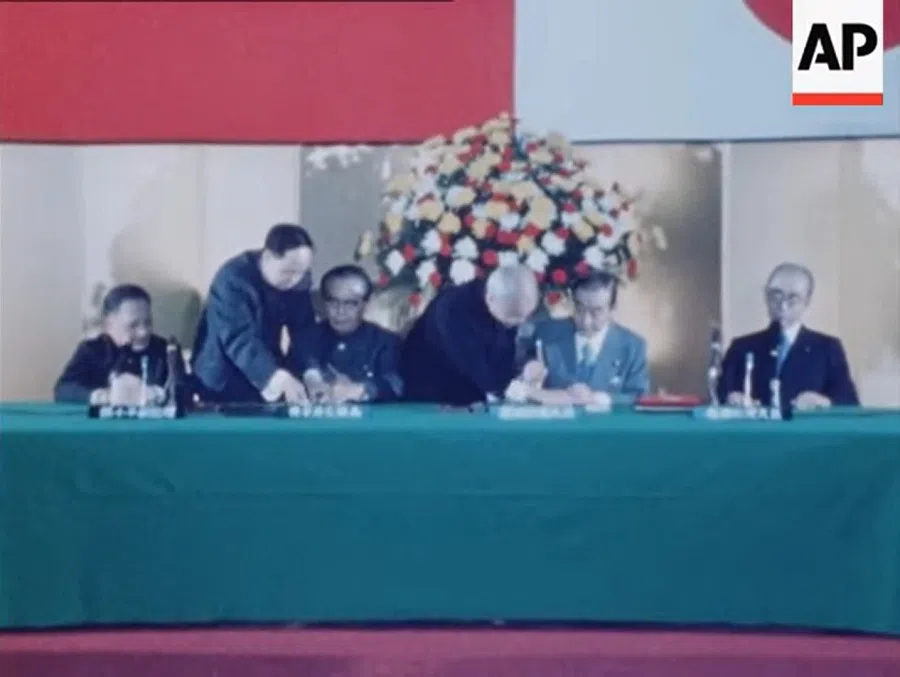
Nevertheless, Japan has actively promoted economic cooperation with both Southeast Asia and China, seeking to enhance people-to-people exchanges through economic activities and foster reconciliation through cultural exchanges.
In the 1990s, under the initiative of Japanese legal groups, lawsuits seeking private compensation from the Japanese government and corporations began to emerge on the international stage. This also reflected South Korea’s democratisation and relatively greater freedom in Chinese social activism. Meanwhile, new historical facts also came to light.
... the widely known Murayama Statement. This statement critically examined modern Japanese history, explicitly acknowledged Japan’s colonial rule and acts of foreign aggression, and expressed remorse and an apology.
Expressing remorse and apology
In 1993, Yohei Kono, then chief cabinet secretary under the Kiichi Miyazawa administration of the Liberal Democratic Party (LDP), acknowledged the involvement of the Imperial Japanese Army in the issue of comfort women and explicitly expressed remorse and an apology.
In 1994, the Tomiichi Murayama cabinet was formed under a multi-party coalition. Tomiichi Murayama of the JSP became prime minister and delivered a statement marking the 50th anniversary of the end of World War II (different from the 1995 Murayama Statement mentioned later). He decided to compensate the Taiwanese people and proposed plans for compensation and reconciliation with foreign victims of war and colonial rule, known as the Peace and Friendship Exchange Initiative.
As part of this initiative, the Japan Center for Asian Historical Records (JACAR) was established, and to this day, it continues to provide free global access to a vast collection of digitised modern and contemporary official Japanese documents.
In August 1995, the Murayama cabinet issued the widely known Murayama Statement. This statement critically examined modern Japanese history, explicitly acknowledged Japan’s colonial rule and acts of foreign aggression, and expressed remorse and an apology.
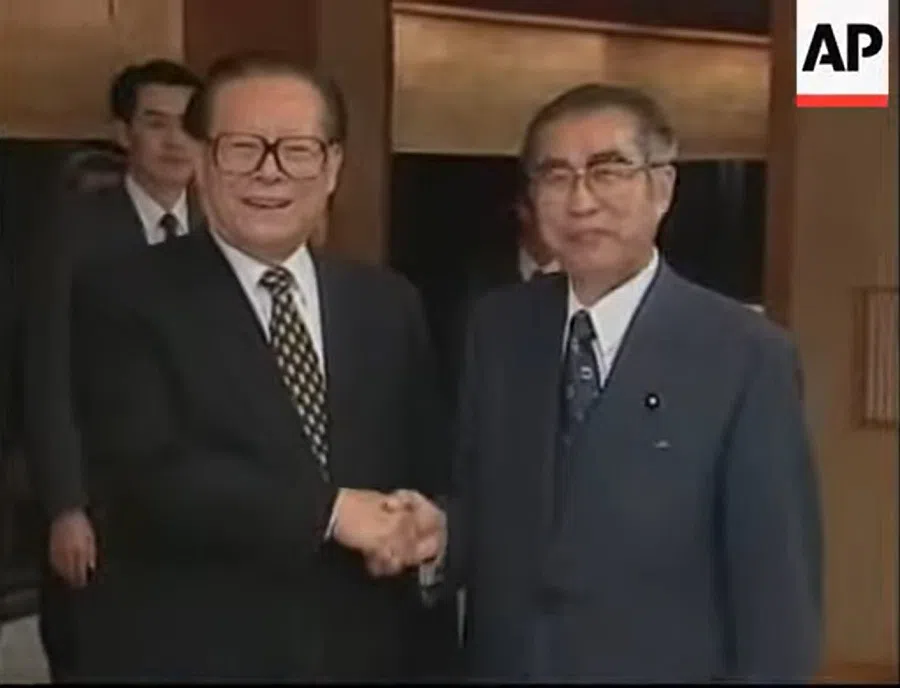
In 1998, Keizo Obuchi, who served as foreign minister in the Ryutaro Hashimoto administration, said in a foreign policy speech in the Diet: “We will continue to support China’s open and reform policy by supporting China’s early accession to the WTO and extending economic cooperation. We will also strive to resolve pending issues which exist between Japan and China, such as the issue of the disposal of abandoned chemical weapons.” In fact, based on the Chemical Weapons Convention (CWC), which was already in force, Japan decided to continue cooperation with China on abandoned chemical weapons, and this effort continues today.
In November 1998, Prime Minister Keizo Obuchi and Chinese President Jiang Zemin issued the Japan-China Joint Declaration, which explicitly stated that Japan would abide by the Murayama Statement.
In August 2005, on the occasion of the 60th anniversary of the end of WWII, Prime Minister Junichiro Koizumi delivered the Koizumi Statement, in which he said, “I once again express my feelings of deep remorse and heartfelt apology” in response to Japan’s colonial rule and aggression. At the same time, he also emphasised the country’s postwar path to peace, stating, “Japan’s postwar history has indeed been six decades of manifesting its remorse on the war through actions.”
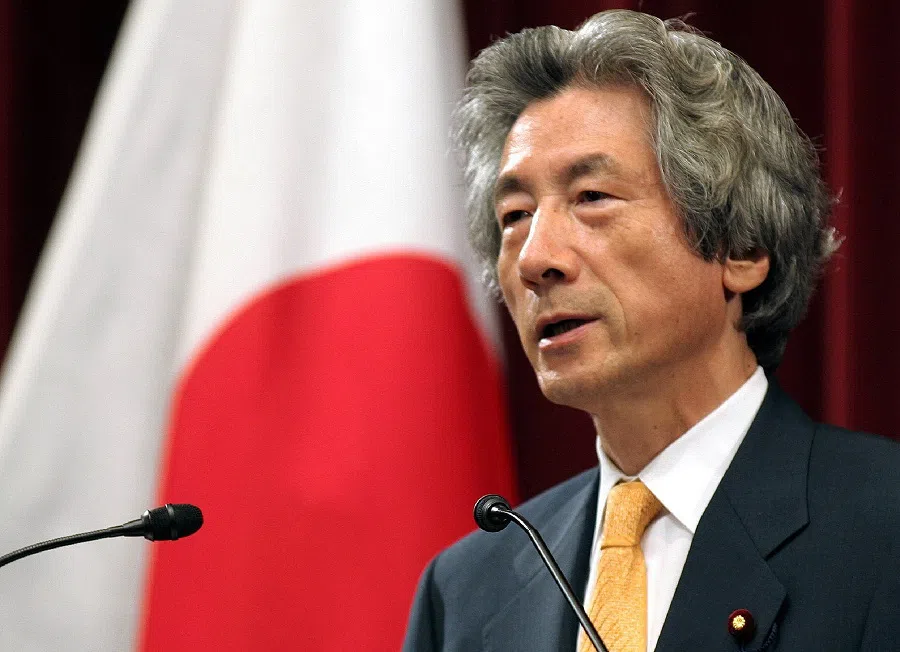
However, a series of anti-Japanese demonstrations took place in China in 2005.
Towards concrete actions and acceptance
Two years after the Koizumi Statement, on 12 April 2007, Chinese Premier Wen Jiabao visited Japan and delivered a speech in the Japanese Diet, saying: “Since the normalisation of diplomatic ties between China and Japan, the Japanese government and leaders have on many occasions stated their position on the historical issue, admitted that Japan had committed aggression and expressed deep remorse and apology to the victimised countries. The Chinese government and people appreciate the position they have taken. We sincerely hope that the Japanese side will act as it has stated and honour its commitment.”
This can be regarded as a positive assessment of the Murayama Statement and the Koizumi Statement. However, the key point is whether Japan will “act as it has stated and honour its commitment”, which is where Japan needs to show sincerity and concrete action.
This opened a path to resolving the issue. However, when the Park Geun-hye administration was ousted, South Korea tore up the agreement.
In August 2015, Prime Minister Shinzo Abe delivered a statement on the 70th anniversary of the end of World War II. This statement upheld the Murayama Statement, acknowledging Japan’s aggression and colonial rule. Abe noted that Japan initially pursued international cooperation but deviated from this path around the 1930s, emphasising that postwar Japan had returned to international cooperation and was continuing along a path of peace.
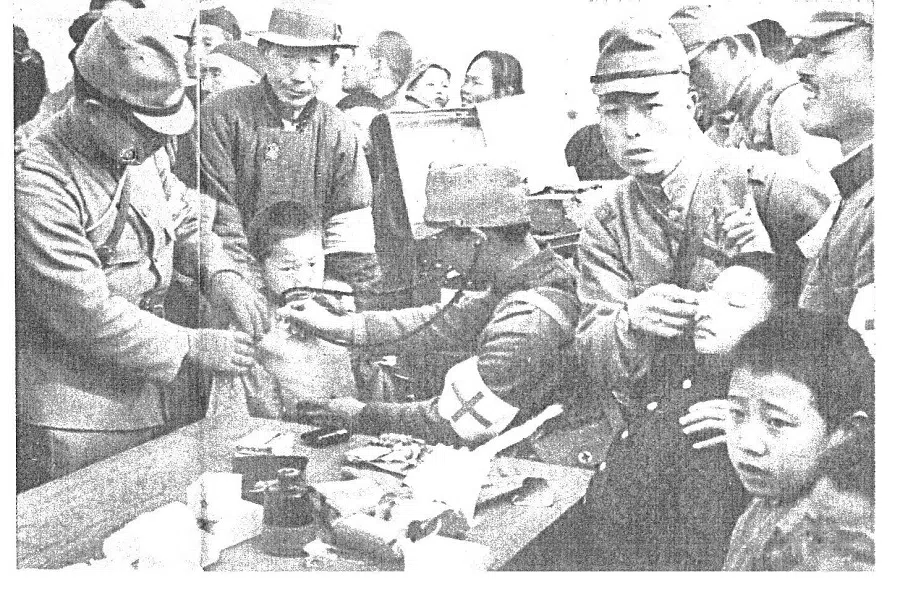
That same year, Prime Minister Abe also reached the Japan–South Korea Comfort Women Agreement with South Korea, which acknowledged the comfort women issue and clearly stated: “As Prime Minister of Japan, Prime Minister Abe expresses anew his most sincere apologies and remorse to all the women who underwent immeasurable and painful experiences and suffered incurable physical and psychological wounds as comfort women.” This opened a path to resolving the issue. However, when the Park Geun-hye administration was ousted, South Korea tore up the agreement.
Such debates within Japan have spread overseas, raising doubts about Japanese society’s understanding of history.
Still a contentious issue
There are different opinions within Japan on the issues surrounding the war. There are also questions of historical perspectives within the country that have even become points of political debate. Such debates within Japan have spread overseas, raising doubts about Japanese society’s understanding of history. However, looking at the historical statements by various prime ministers, the Japanese government has generally shown remorse and apology for its aggression and colonial rule, which China has acknowledged positively. However, the fact is that there remains much international criticism of Japan’s approach to history.
Today, as the generation that personally experienced the war gradually passes away, the memory of war is shifting from lived experience to historical knowledge. However, this does not mean acting as if these issues do not exist. Historical reconciliation is a long process, and certain issues — such as the abandoned chemical weapons problem — require specific frameworks for resolution. In many areas, such frameworks have yet to be fully established, and as the aggressor, Japan must continue to take responsibility.
That being said, if one were to ask whether Japan, China, and neighbouring countries and regions have reached a shared understanding of history, it would be difficult to say “yes”. Addressing historical issues across nations requires ongoing efforts in research and education, as well as mutual understanding and sincere discussions.
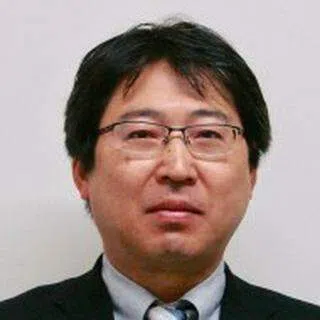
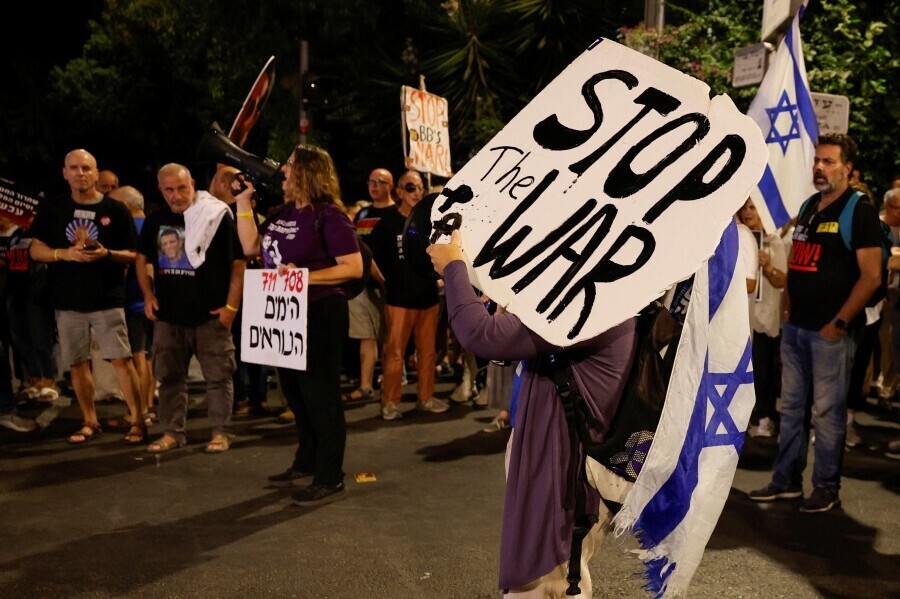
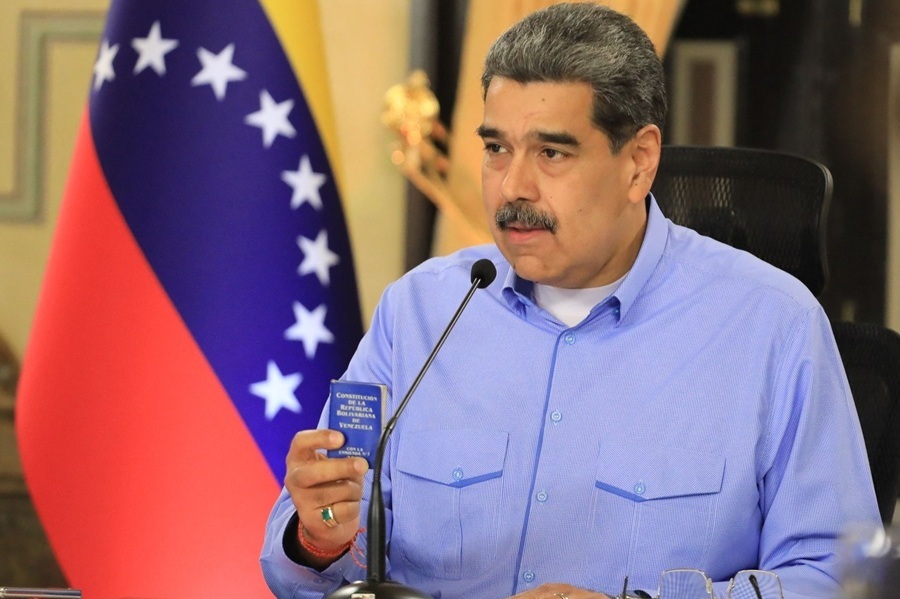
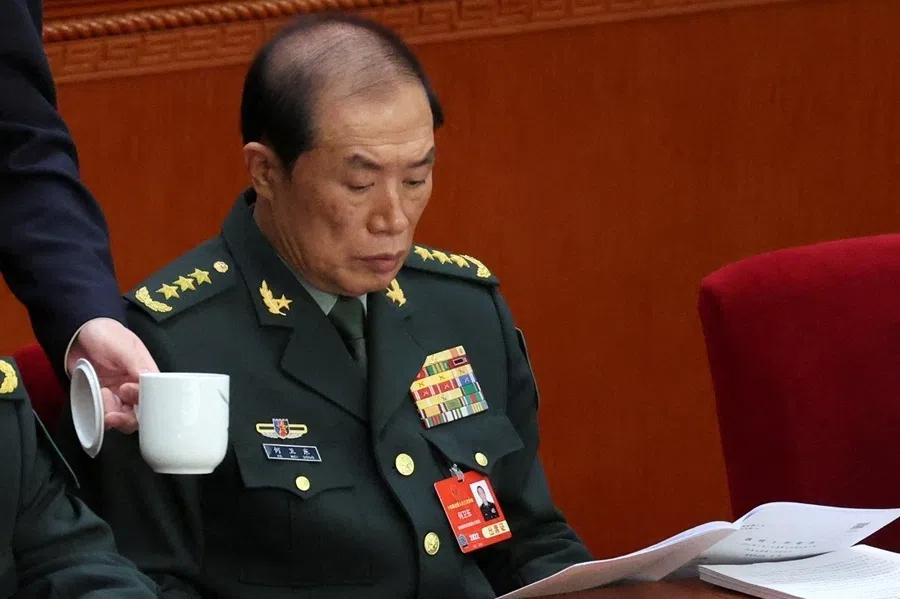
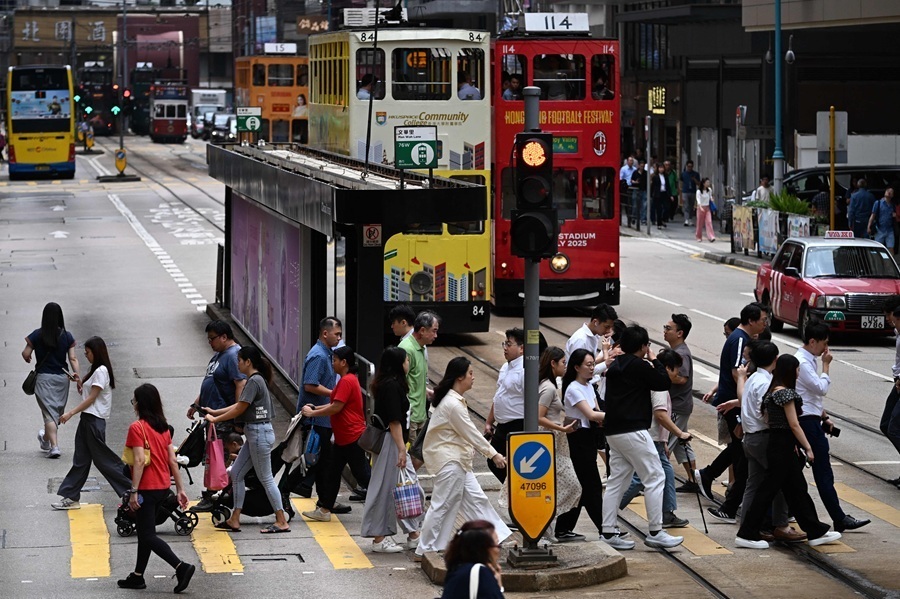
![[Big read] Prayers and packed bags: How China’s youth are navigating a jobless future](https://cassette.sphdigital.com.sg/image/thinkchina/16c6d4d5346edf02a0455054f2f7c9bf5e238af6a1cc83d5c052e875fe301fc7)